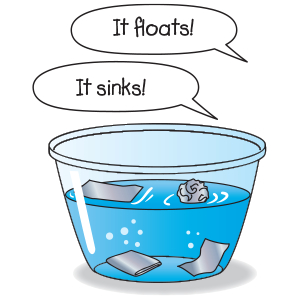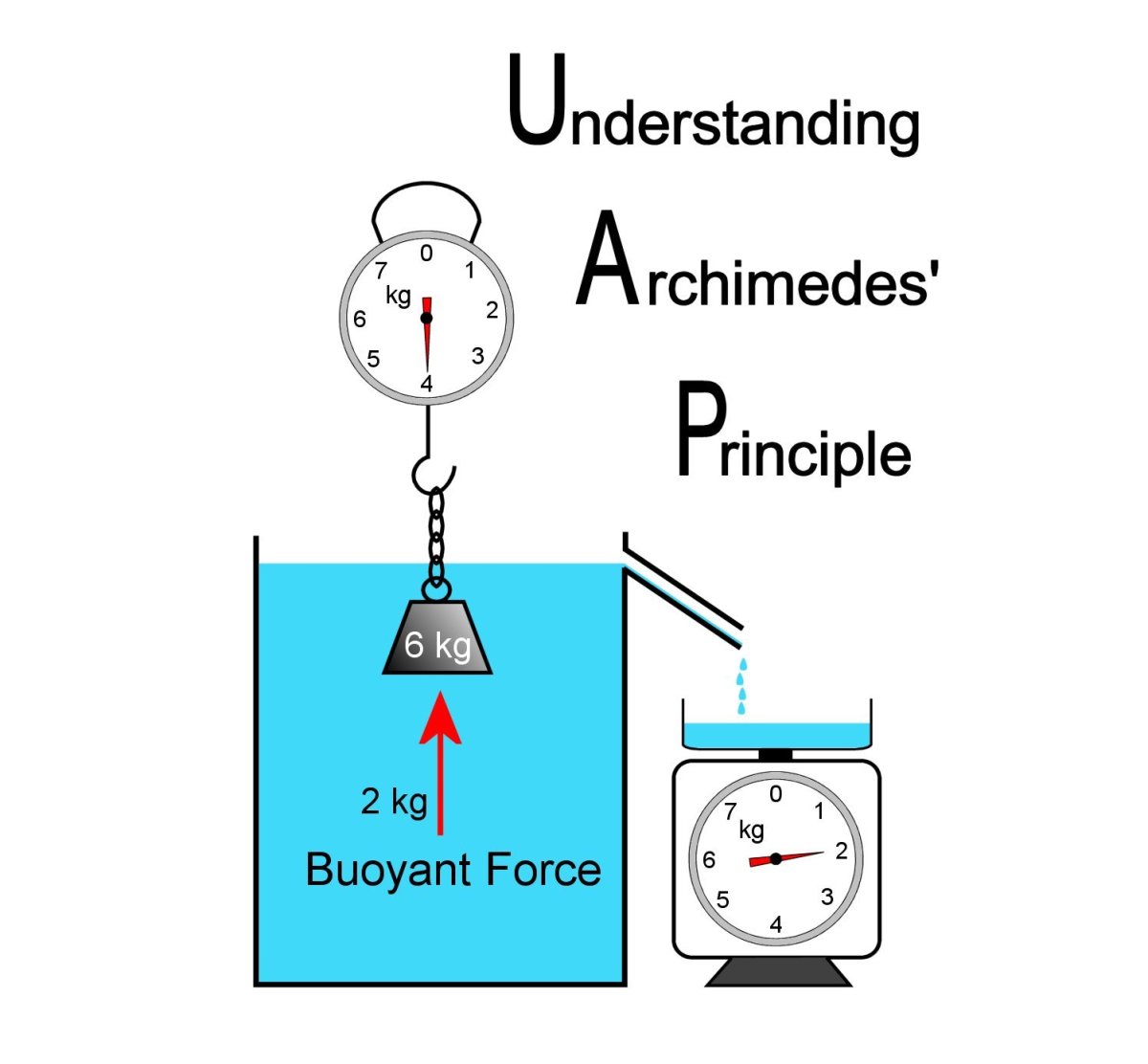Which is heavier, 1 kg of iron or 1 kg of cotton? If you are one of the 50% of the people who answered this question. I would say 1 kg Iron. If you check carefully, both are of the same weight as they weigh but, cotton occupies more space than iron i.e. volume of 1 kg cotton is greater than that of 1 kg iron. Why so?
Answer is –
Density: Density is a property of materials that measures mass stuffed in a block of materials for the same volume of the materials to compare.
Example: Cube of Iron is heavier as compared to the thermocol’s Cube of the same size and it is calculated by = Mass/Volume. (Density is a measure of mass per volume).


In liquid materials sink or float depending on the density of the materials compared in the liquids. Example: Thermocol ball floats whereas iron ball sinks since its heavier. That’s because the density of the Thermocol is lesser than that of water, and the density of iron is more than water.


Similarly, the nail sinks because the density of steel is greater than the density of water. Ships and Boats made of steel, so how they float, and since they do float, why do they sometimes sink?
Answer is
Everyone has heard of gravity, that mysterious force that pulls everything downward, but did you know there is also an opposing force in fluids? Buoyancy is the push to gravity’s pull. It is the force that floats your boat.
Buoyancy is an upward force exerted by a fluid that opposes an object’s weight which comes on the fluid, and it is (as explained by Archimedes’ principle) equivalent to the weight of the fluid that would otherwise occupy the submerged volume of the object, i.e. the displaced fluid. Example: A nail is dense and small so it displaces very little water, therefore it sinks.Whereas in the case of a Ship, its hull/shell/outer doom body is shaped to displace more water than its weight so it floats.
Expert Talk: In a column of fluid, pressure increases with depth thus the pressure at the bottom of a column of fluid is greater than at the top of the column and compared to the bottom. The pressure difference results in a net upward force on the object. The magnitude of the force is proportional to the pressure difference.
When buoyancy force is more than weight objects float and when weight is more than that of buoyancy force they sink. Like a game of tug-of-war; gravity is pulling the objects down and buoyant force is pushing them up.


Archimedes, a Greek mathematician, and inventor noticed when he stepped into his bathtub the water level rose. He reasoned that the weight of the replica bell ross water he displaced was equal to the buoyant force in the water, which is called the Archimedes Principle, and this applies to all fluids.
Learn Science through amazing Science experiments and STEM project building.
Start today with Maker Scientist…

